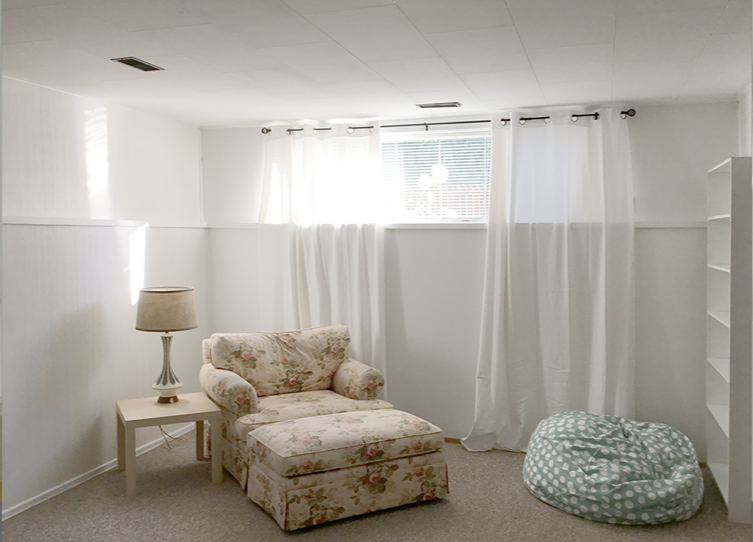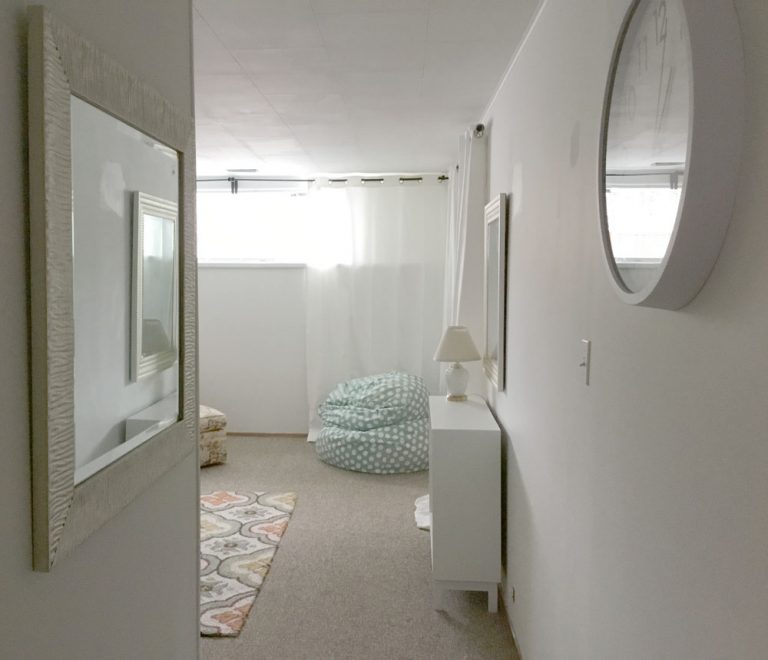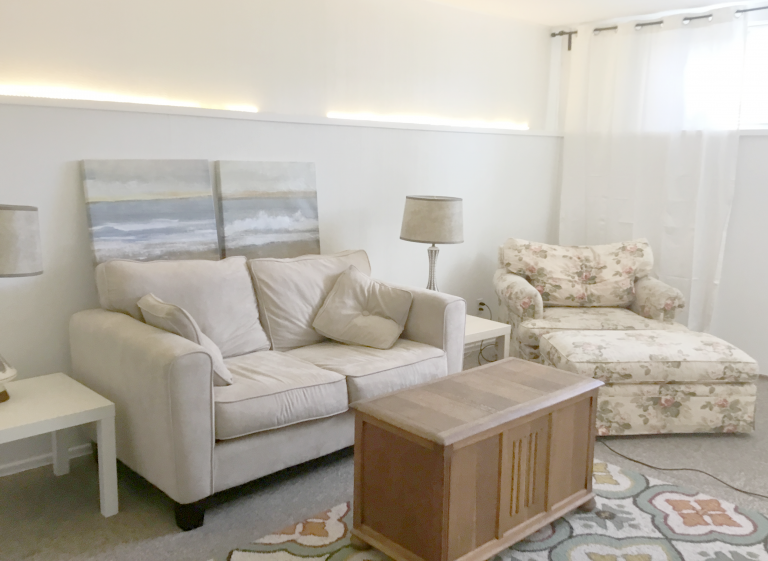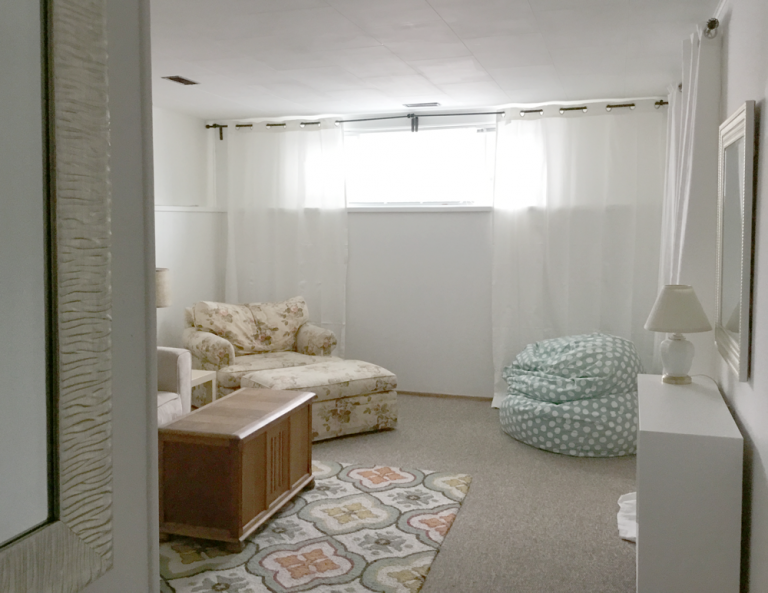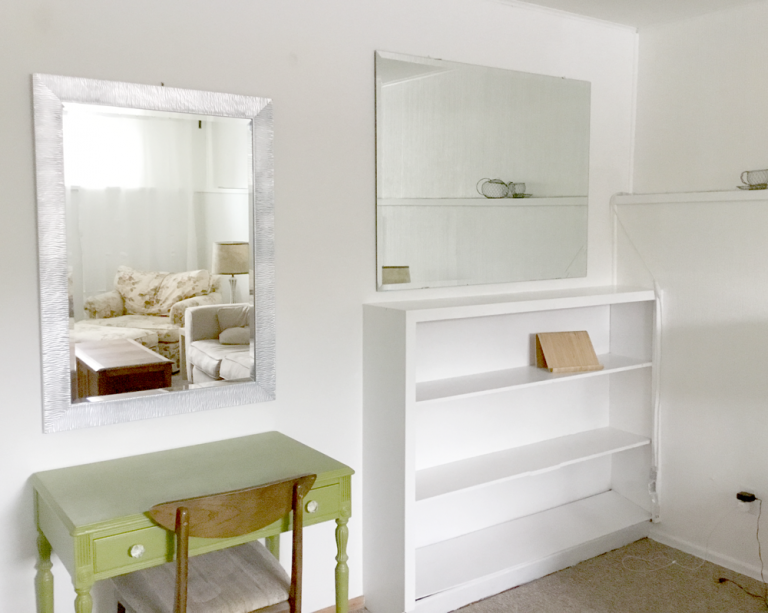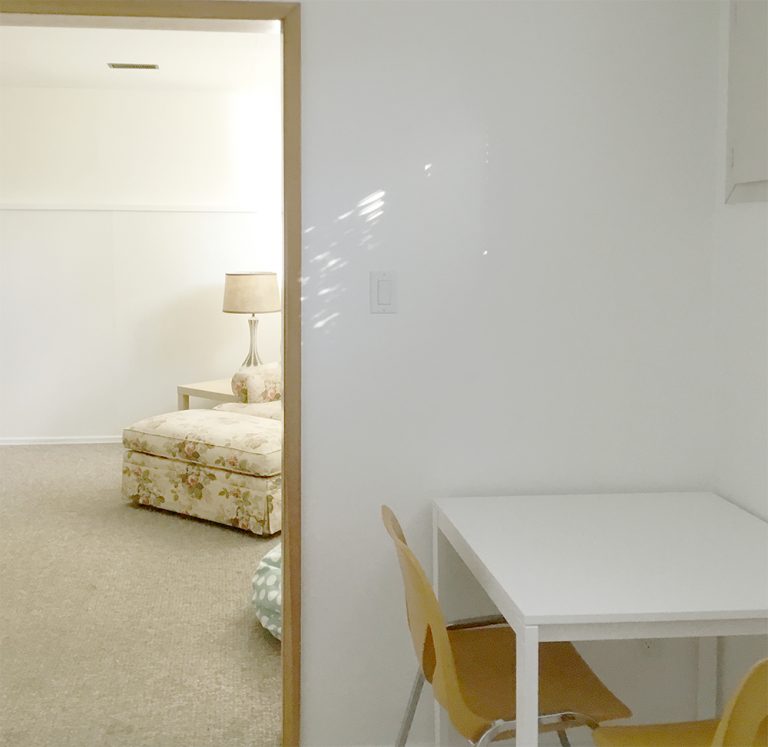There are many trends in adult education. Gender and Game-based learning were what my partner and I each chose to look into. One of my research interests is in marginalized learners, and adult women can be part of this marginalized group. I know there exists a great body of scholarly work on the topic of gender bias in secondary and primary education contexts, but unsure of what was available in adult education, I started the search process for available articles post 2015 for “gender in adult education”.
Gender in Adult Education
Gender dominance still prevails in most contexts, specifically post-secondary education. As the online article in Huffpost mentions (Ramsay, 2016) that was listed in our Moodle tab, statistics indicate that using a gender or equity lens specifically for gender, is very relevant, despite mainstream beliefs that bias against female gender is something that existed in the past. The article indicates that gender parity is only a true reality within the 10 years (Ramsay, 2016). One fact of note, is that women, especially minority women faculty, are outnumbered in post-secondary institutions as faculty. This is important, because the Ramsay article mentions that there are a high percentage of women students currently, and outnumber men in many cases. Women continue to dominate traditional fields such as nursing and English literature (2016).
If we do not apply a gender-focused lens on post-secondary education, with the increase in female students, we are missing an opportunity to shape educational future and continue to serve females students in the ways that we have traditionally taught, which was initially developed for a male student. The article I chose to read on this topic was actually a book chapter, and I was surprised not to find a great deal of articles around this topic. English (2019) summarizes her argument by indicating that it is necessary to continue to use a critical feminist framework in post-secondary education, and I would tend to agree, in light of the statistics noted in the article posted in our class Moodle (Ramsay, 2016). If there have been substantial increases in female participation in not only traditionally female fields, educational areas, but also in typical male dominated fields such as Ramsay points out. “The percentage of women architecture students at UBC is 62.7 percent and at the University of Toronto is 45 per cent. The same proportions hold for community and urban planning: 62 per cent women at U of T and 59.5 per cent at UBC.” (Ramsay, 2016).
If this is the case, it just makes sense to use this lens. English (2019) connects the feminist framework with a larger issue of community, activism, and nuanced power issues. She recommends taking up this lens as a way of leveling power differentials, but using it alongside other lenses, essentially an intersectional approach to teaching. She describes the critical feminist lens as a part of the toolbox, not the sole lens to utilize in developing teaching practice, but an integral one that is applicable for all students.
She reminds us that resistance, activism and female learning continue to require a particular focus (Sandberg, 2013) because mainstream myths exist in that our society has moved on from requiring a specific focus. She uses a theorist of power, Mary Parker Follett, who was a community-based educator who worked in the early part of the 20th Century (Follett, 1924; 1941). Democratizing educational spaces and male / female power differentials are still areas of concern in our current adult education context.
Barriers exist in embracing feminist terminology. I mentioned already, that English points out that there are popular myths that feminism is no longer necessary because parity exists today. Another issue is that younger generations of women may not be as comfortable with the radical connotations that the word feminism has had, and may still have, or may simply not have the oppressive experiences as women who are of older generations.
Integral to this argument is the fact that adult education has been slow to recognize the impact that feminist theory has had on mainstream educational theorizing, specifically transformative learning and inclusive education (Brookfield, 2010; English & Irving, 2015).
Game-Based Learning
Conversely, game-based learning has connotations of fun, interactivity, progressiveness, and seems to avoid controversy. Game-based learning, as Merriam and Brockett (2007) define in adult education, can be “activities intentionally designed for the purpose of bringing about learning among those whose age, social roles, or self-perception define them as adults” (p.8). The gaming trend has had criticism despite being lauded as an exciting way to engage and retain learners as well as reach a variety of learners who learn differently. There may be hesitancy for certain demographics of adults to embrace technology. Secondly, there are concerns around entertaining students, rather than teaching. For example, moving the responsibility of learning from the student to the teacher is problematic for some, and in direct conflict with the notion that as adults, motivation, direction, and the pacing is generated from the student, not the teacher. Finally, one important concern is that games connote a lack of seriousness, and may be distracting and seemingly disruptive and ineffective in the classroom.
The article goes on to point out the benefits of game-based learning, in that it has the potential to reach more students, by nature of encouraging more flexible thinking (Kiili, 2007), and offering simulated environments that can allow for risk-taking in safe environments. This can result in a positive situation to facilitate uncomfortable concepts or risky learning such as medical procedures. Collaborative learning is possible through digital mediums and appeals to learners in certain contexts such as online education and allows learners to interact with a wider variety of people than previously due to the number of students attending online.
References
Brookfield, S. D. (2010). Theoretical frameworks for understanding the field. In C. Kasworm, A. D. Rose, & J. M. Ross-Gordon (Eds.), Handbook of adult and continuing education (2010 ed., pp. 71–81). Thousand Oaks, CA: Sage.
English, L. M. (2019). Re-Infusing Adult Education with a Critical Feminist Framework: Inspiration from Mary Parker Follett. In Power and Possibility (pp. 97-105). Brill Sense. https://doi.org/10.1163/9789004413320_009
English, L. M., & Irving, C. (2015). Feminism in community: Adult education for transformation. Rotterdam, The Netherlands: Sense Publishers.
Follett, M. P. (1924). Creative experience. New York, NY: Peter Smith.
Follett, M. P. (1941). Dynamic administration: The collected papers of Mary Parker Follett (H. C. Metcalf& L. Urwick, Eds.). New York, NY & London: Harper & Brothers.
Merriam, S. B. & Brockett, R. G. (2008). The profession and practice of adult education: An introduction. San Francisco, CA: Jossey-Bass.
Kiili, K. (2007). Foundation for problem-based gaming. British Journal of Educational Technology, 38(3), 394-404.
Ramsay, B. (2016, December ). Canadian women are storming the ivory towers. Huffpost Canada. Retrieved from https://www.huffingtonpost.ca/bob-ramsay/gender-equality-academics_b_13303586.html
Sandberg, S. (2013). Lean in: Women, work, and the will to lead. New York, NY: Knopf.

